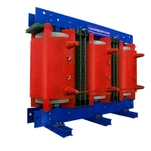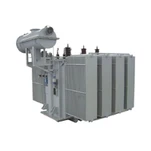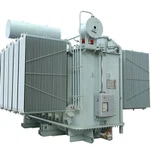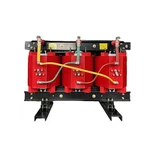The difference between cast resin transformers and VPl (Vacuum Pressure Impregnated) transformers lies primarily in their insulation methods, construction, and performance characteristics, particularly in terms of durability, environmental resistance, and application suitability.
1. Insulation Type
| Feature | Cast Resin Transformer | VPl Transformer |
|---|---|---|
| Insulation | Windings are encapsulated in solid epoxy resin | Windings are impregnated with varnish under vacuum and pressure |
| Purpose | Fully encapsulates the windings for protection | Coats the windings to improve insulation and adhesion |
2. Manufacturing Process
| Feature | Cast Resin | VPI (Vacuum Pressure Impregnation) |
|---|---|---|
| Process | Resin is poured into molds and cured around windings | Windings are vacuum dried, then varnish is introduced under vacuum and pressure |
| Complexity | More complex and time-consuming | Easier and faster |
3. Cooling and Ventilation
| Feature | Cast Resin | VPI |
|---|---|---|
| Cooling | Typically air-cooled (AN or AF) | Also air-cooled, but more dependent on airflow |
| Ventilation | Enclosed, can operate in harsher environments | Requires better ventilation for heat dissipation |
4. Durability and Environment Resistance
| Feature | Cast Resin | VPI |
|---|---|---|
| Moisture Resistance | Excellent (encapsulated) | Moderate (coated, not encapsulated) |
| Pollution Resistance | High (suitable for dusty/corrosive environments) | Lower (not ideal for highly polluted areas) |
| Fire Resistance | High (self-extinguishing resin) | Moderate |
5. Applications
| Feature | Cast Resin | VPI |
|---|---|---|
| Typical Use | Indoor/outdoor in demanding environments (e.g. industry, metros, tunnels) | Indoor, clean, dry environments (e.g. commercial buildings) |
| Installation | Can be installed closer to the load or in harsh areas | Needs cleaner, more controlled environments |
6. Cost and Weight
| Feature | Cast Resin | VPI |
|---|---|---|
| Cost | Higher due to materials and process | Lower |
| Weight | Heavier due to resin | Lighter |











